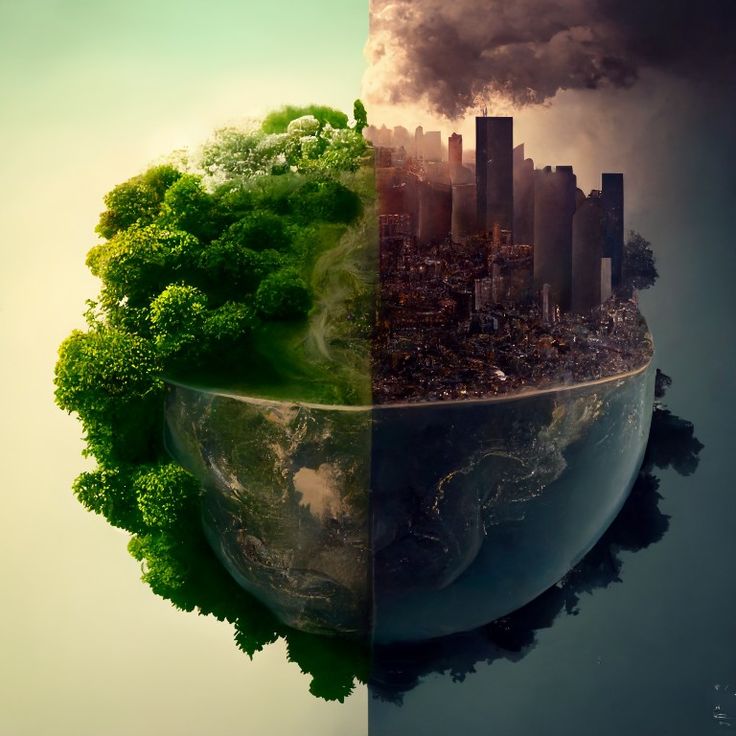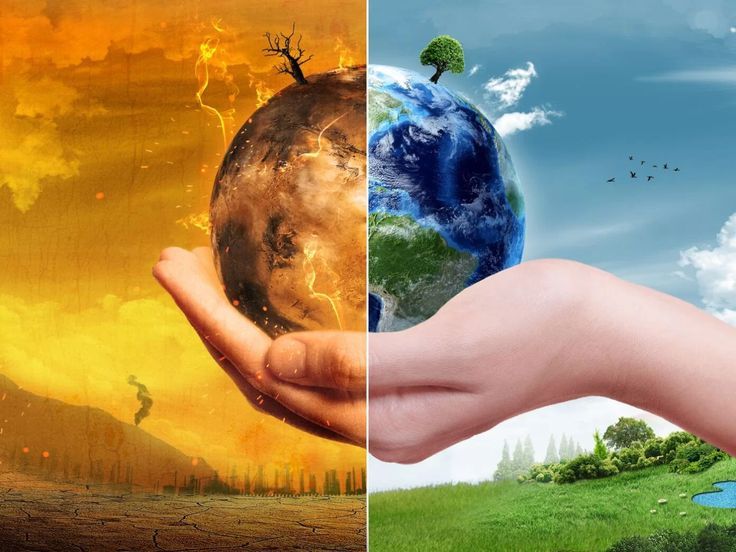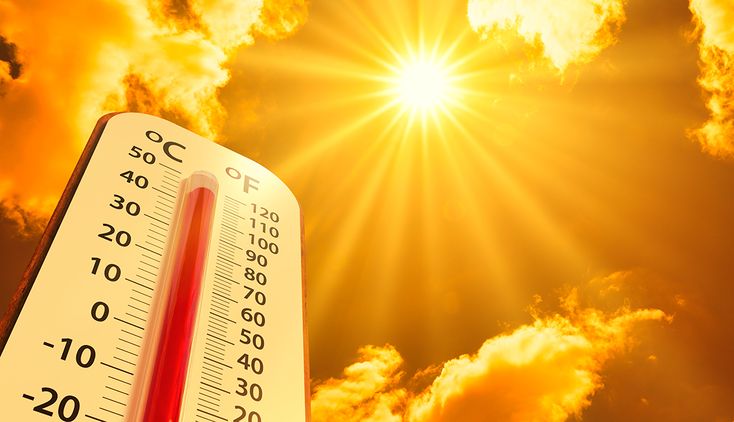Defining Temperature Rising
What Are The Main Reasons For Temperature Rising? The phenomenon of temperature rising, commonly referred to as global warming, involves a consistent increase in Earth’s average surface temperature. This temperature rise is primarily driven by human activities that enhance the greenhouse effect, causing more heat to be trapped in the Earth’s atmosphere.
Relevance and Importance
Understanding the reasons behind temperature rising is crucial for developing effective strategies to mitigate its effects. Global warming has far-reaching implications on natural ecosystems, human health, economic stability, and weather patterns. Addressing this issue is vital for sustaining life on our planet and ensuring a stable environment for future generations.
Types and Categories
Natural Factors
- Solar Radiation Variations: Changes in solar energy output can influence Earth’s climate.
- Volcanic Activity: Eruptions can release particles that cool the atmosphere temporarily.
- Ocean Currents: Shifts in oceanic circulation patterns can alter climate systems.
Human Activities
- Burning Fossil Fuels: The combustion of coal, oil, and natural gas releases significant amounts of carbon dioxide (CO2) and other greenhouse gases.
- Deforestation: The removal of forests reduces the planet’s capacity to absorb CO2.
- Industrial Processes: Manufacturing and industrial activities emit various pollutants, including greenhouse gases.
- Agriculture: Agricultural practices produce methane (CH4) and nitrous oxide (N2O), potent greenhouse gases.
Symptoms and Signs
Observable Climate Changes
- Rising Temperatures: Consistent increase in global average temperatures.
- Melting Ice Caps: Reduction in polar ice and glaciers.
- Sea Level Rise: Expansion of seawater and melting ice contributing to higher sea levels.
- Extreme Weather Events: Increased frequency and severity of storms, droughts, and heatwaves.
Ecosystem Impacts
- Shifts in Species Distribution: Animals and plants migrating to cooler areas.
- Coral Bleaching: Loss of coral reefs due to warmer ocean temperatures.
- Forest Dieback: Trees and forests succumbing to increased heat and reduced water availability.

Causes and Risk Factors
Biological Factors
- Microbial Activity: Increased microbial decomposition in warmer climates releases more CO2.
- Plant Respiration: Higher temperatures accelerate plant respiration, increasing CO2 emissions.
Environmental Factors
- Greenhouse Gas Concentrations: Higher levels of CO2, methane, and nitrous oxide trap more heat in the atmosphere.
- Land Use Changes: Urbanization and deforestation alter the natural absorption of greenhouse gases.
Lifestyle Factors
- Energy Consumption: High dependence on fossil fuels for energy needs.
- Transportation: Emissions from cars, planes, and ships contribute to greenhouse gas levels.
- Dietary Choices: Meat production is a significant source of methane.
Diagnosis and Tests
Climate Models
- Global Climate Models (GCMs): Simulate the Earth’s climate system to predict future changes.
- Regional Climate Models (RCMs): Provide more detailed predictions for specific regions.
Observational Data
- Temperature Records: Long-term monitoring of surface temperatures.
- Satellite Data: Observations of ice cover, sea levels, and atmospheric composition.
Atmospheric Measurements
- Greenhouse Gas Monitoring: Measuring concentrations of CO2, CH4, and N2O.
- Aerosol Sampling: Studying particles in the atmosphere that can affect climate.
Treatment Options
Mitigation Strategies
- Renewable Energy: Transitioning to solar, wind, and hydroelectric power.
- Energy Efficiency: Improving the efficiency of buildings, vehicles, and appliances.
- Carbon Capture and Storage (CCS): Capturing CO2 emissions from industrial sources and storing them underground.
Adaptation Strategies
- Building Resilience: Developing infrastructure to withstand extreme weather events.
- Water Management: Implementing strategies to conserve and manage water resources.
- Agricultural Adaptation: Developing crops that are resistant to heat and drought.
Policy Interventions
- International Agreements: Participation in global treaties like the Paris Agreement.
- National Legislation: Enacting laws to reduce greenhouse gas emissions.
- Local Initiatives: Community-level actions to promote sustainability.
Preventive Measures
Personal Actions
- Reducing Energy Use: Using energy-efficient appliances and reducing consumption.
- Sustainable Transportation: Using public transport, cycling, or electric vehicles.
- Waste Reduction: Minimizing waste and promoting recycling and composting.
Community Actions
- Green Spaces: Creating and maintaining parks and gardens.
- Education Programs: Raising awareness about climate change and sustainability.
- Local Food Production: Supporting local agriculture to reduce food miles.
Governmental Policies
- Incentives for Clean Energy: Subsidies and tax breaks for renewable energy projects.
- Regulation of Emissions: Strict limits on industrial and vehicle emissions.
- Investment in Research: Funding for research and development of new technologies.
Personal Stories or Case Studies
Impact on Coastal Communities
- Case Study: Bangladesh: Rising sea levels and increased flooding impacting livelihoods.
- Case Study: Miami, USA: Efforts to build resilient infrastructure against sea level rise.
Effects on Agriculture
- Case Study: California, USA: Drought conditions affecting crop yields and water availability.
- Case Study: Sub-Saharan Africa: Climate change exacerbating food insecurity.
Urban Heat Islands
- Case Study: Tokyo, Japan: Higher temperatures in urban areas compared to rural surroundings.
- Case Study: New York City, USA: Initiatives to reduce urban heat through green roofs and tree planting.
Expert Insights
Quotes from Scientists
- Dr. James Hansen: “The warming trend we see is unmistakably linked to human activities.”
- Dr. Katharine Hayhoe: “Addressing climate change requires both mitigation and adaptation strategies.”
Policy Recommendations
- Dr. Rajendra Pachauri: “International cooperation is essential to combat global warming effectively.”
- Dr. Michael Mann: “We need urgent action to reduce greenhouse gas emissions to avert catastrophic impacts.”
Technological Innovations
- Dr. Jennifer Holmgren: “Carbon capture technologies can play a significant role in reducing atmospheric CO2.”
- Dr. Vaclav Smil: “Renewable energy sources must be scaled up to meet global energy demands sustainably.”

Conclusion
Summary of Key Points
Temperature rising, driven by both natural and human factors, poses significant risks to our planet. The observable impacts, from rising sea levels to extreme weather events, underline the urgency of addressing this issue through a combination of mitigation, adaptation, and innovative policies.
Call to Action
It is imperative for individuals, communities, and governments to take collective action to combat global warming. By adopting sustainable practices, investing in clean energy, and supporting policies aimed at reducing greenhouse gas emissions, we can work towards a healthier, more stable climate for future generations.
FAQs
1. What are the main greenhouse gases contributing to global warming?
- The main greenhouse gases are carbon dioxide (CO2), methane (CH4), nitrous oxide (N2O), and fluorinated gases. These gases trap heat in the atmosphere, leading to a rise in global temperatures.
2. How does deforestation contribute to climate change?
- Deforestation reduces the number of trees that can absorb CO2 from the atmosphere. It also releases stored carbon in trees when they are cut down or burned, increasing greenhouse gas concentrations.
3. What role do renewable energy sources play in mitigating climate change?
- Renewable energy sources, such as solar, wind, and hydroelectric power, produce little to no greenhouse gas emissions. Transitioning to these energy sources reduces our reliance on fossil fuels, thereby decreasing emissions.
4. Can individual actions make a difference in combating climate change?
- Yes, individual actions such as reducing energy consumption, recycling, using public transportation, and supporting sustainable products can collectively make a significant impact in reducing greenhouse gas emissions.
5. What is the significance of the Paris Agreement in addressing climate change?
- The Paris Agreement is an international treaty that aims to limit global warming to well below 2°C above pre-industrial levels, with efforts to limit the temperature increase to 1.5°C. It involves commitments from countries worldwide to reduce their greenhouse gas emissions and adapt to the impacts of climate change.










